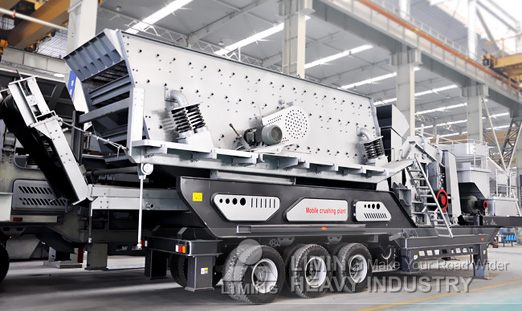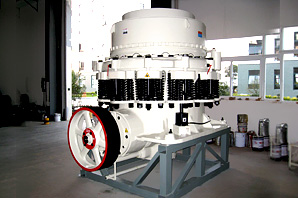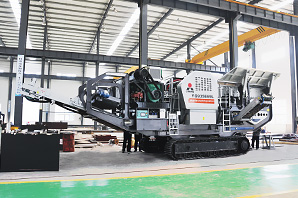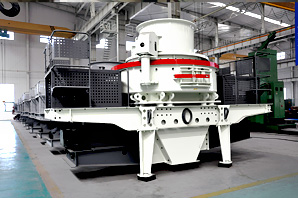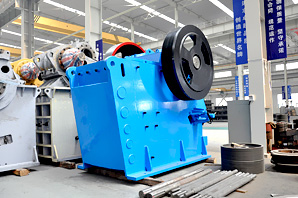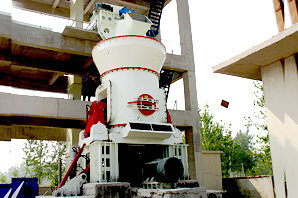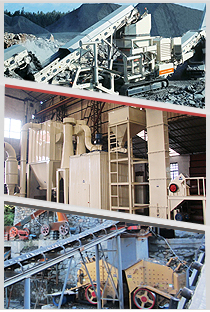Más datos sobre la transacción
| Capacidad de suministro: | 100 Sistema/sistemas por Mes |
|---|---|
| Paquete: | estándar de la exportación |
| Plazo de entrega: | 30 días |
Datos del producto
Datos básicos
| Condición: | Nuevo | Tipo: | Chancadora de cono |
|---|---|---|---|
| Uso: | De piedra, minerales | Capacidad (t/h): | 45-1361 |
| Lugar del origen: | China (continente) | Marca: | sbm |
| Número de Modelo: | de la serie cs | la certificación: | ce |
| tipo: | chancadora de | de la aplicación: | minerales |
Especificaciones
Primavera chancadora de cono, la máquina chancadora de: 1. excelencias para la trituración fina. 2. chancadora de piedra forma 50-1000t/h 3.iso9001:2000, ce
La adopción de la tecnología de el mundo, la serie py chancadora cónico primavera tiene un excelente desempeño en la chancado secundario y terciario de proceso de chancado y se ha convertido en elideal de la chancadora cónico para la pequeña capacidad de plantas de chancado de minerales de procesamiento de minerales de laindustria y las piedras de laindustria de procesamiento. Spring cone crusher features
1. high productivity; high quality
2. less machine stop time
3. easy maintenance and low cost
4. unique crushing ability in primary, secondary and tertiary crushing Spring cone crusher operating principle:
Spring cone crusher consist of frame, transmission device, hollow eccentric shaft, bowl- shaped bearing, crushing cone, springs and hydraulic pressure station for adjusting discharge opening.
During operation, the motor drives the eccentric shaft shell to turn around through ahorizontal axle and a pair of bevel gear. the axle of crushing cone swings with the force of eccentric shaft shell so that the surface of the crushing wall is close to the roll mortar wall from time to time. in this way, the ores and rocks will be pressed and crooked and crushed. Spring cone crusher specification:
| Model | Weight ( t) | Power | Diameter of Spring cone crusher at big end( mm) | Width of feed opening ( mm) |
Max feeding size | Adjustment range of discharge opening | de la capacidad ( t/h) |
|
| Pyb | 900 | 11.2 | 55 | 900 | 135 | 115 | 15- 50 | 60- 105 |
| Pyz | 900 | 70 | 60 | 5- 20 | 50- 90 | |||
| Pyd | 900 | 50 | 50 | 3- 13 | 15-50 | |||
| Pyb | 1200 | 35 | 130 | 1200 | 170 | 145 | 20- 50 | 110- 168 |
| Pyz | 1200 | 115 | 100 | 8- 25 | 42- 135 | |||
| Pyd | 1200 | 60 | 50 | 3- 15 | 18- 105 | |||
| Pyb | 1750 | 50.2 | 160 | 1700 | 250 | 215 | 10- 30 | 280- 480 |
| Pyz | 1700 | 215 | 185 | 10- 30 | 115- 320 | |||
| Pyd | 1700 | 100 | 85 | 5- 15 | 75- 230 | |||
| Pyb | 2200 | 80 | 260 280 |
2200 | 350 | 300 | 30- 60 | 590- 1000 |
| Pyz | 2200 | 275 | 230 | 10- 30 | 200- 580 | |||
| Pyd | 2200 | 130 | 100 | 5- 15 | 125- 350 | |||
Nota: la capacidad es de acuerdo a piedra caliza como materias primas.Más fotos:



